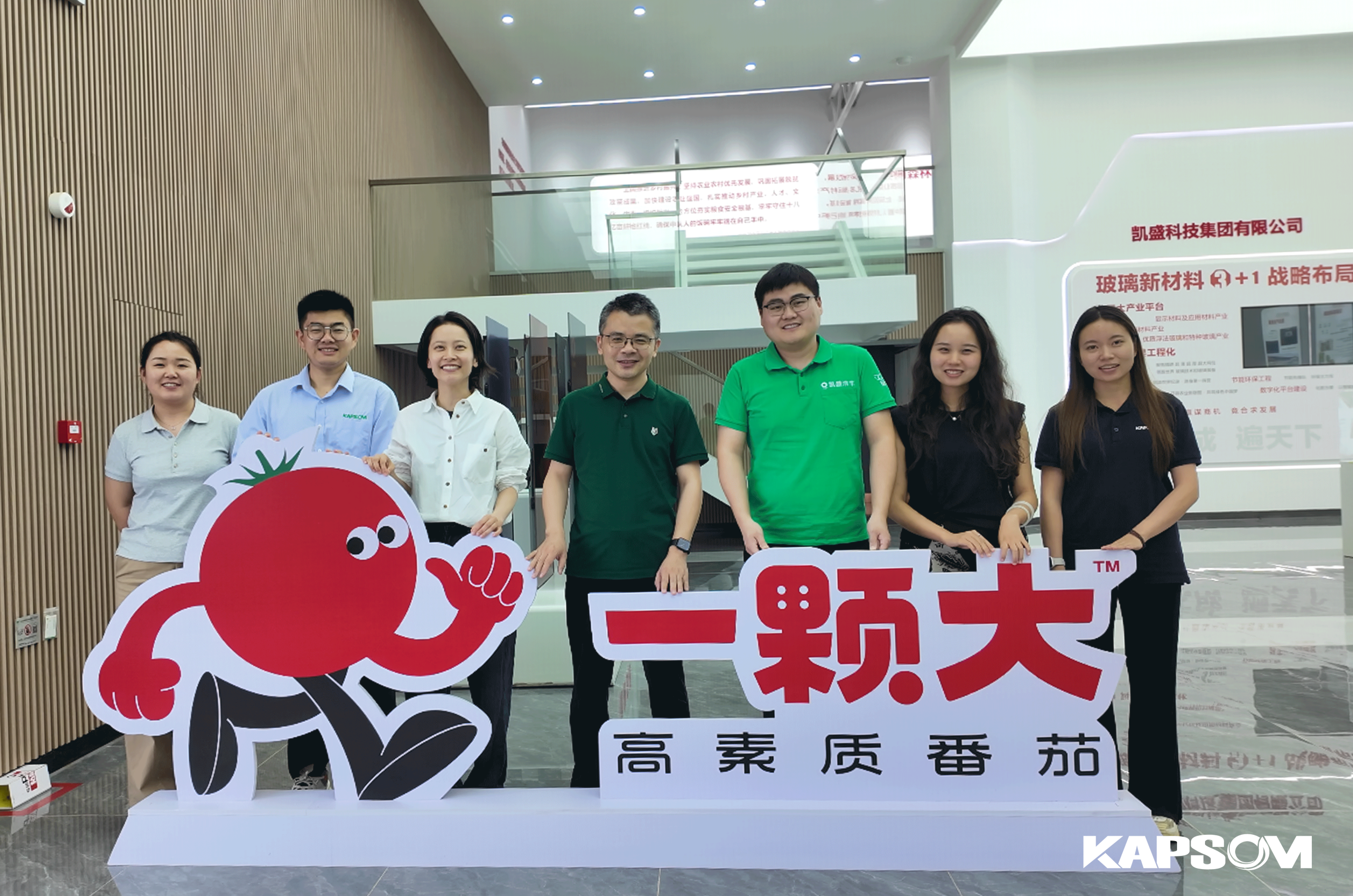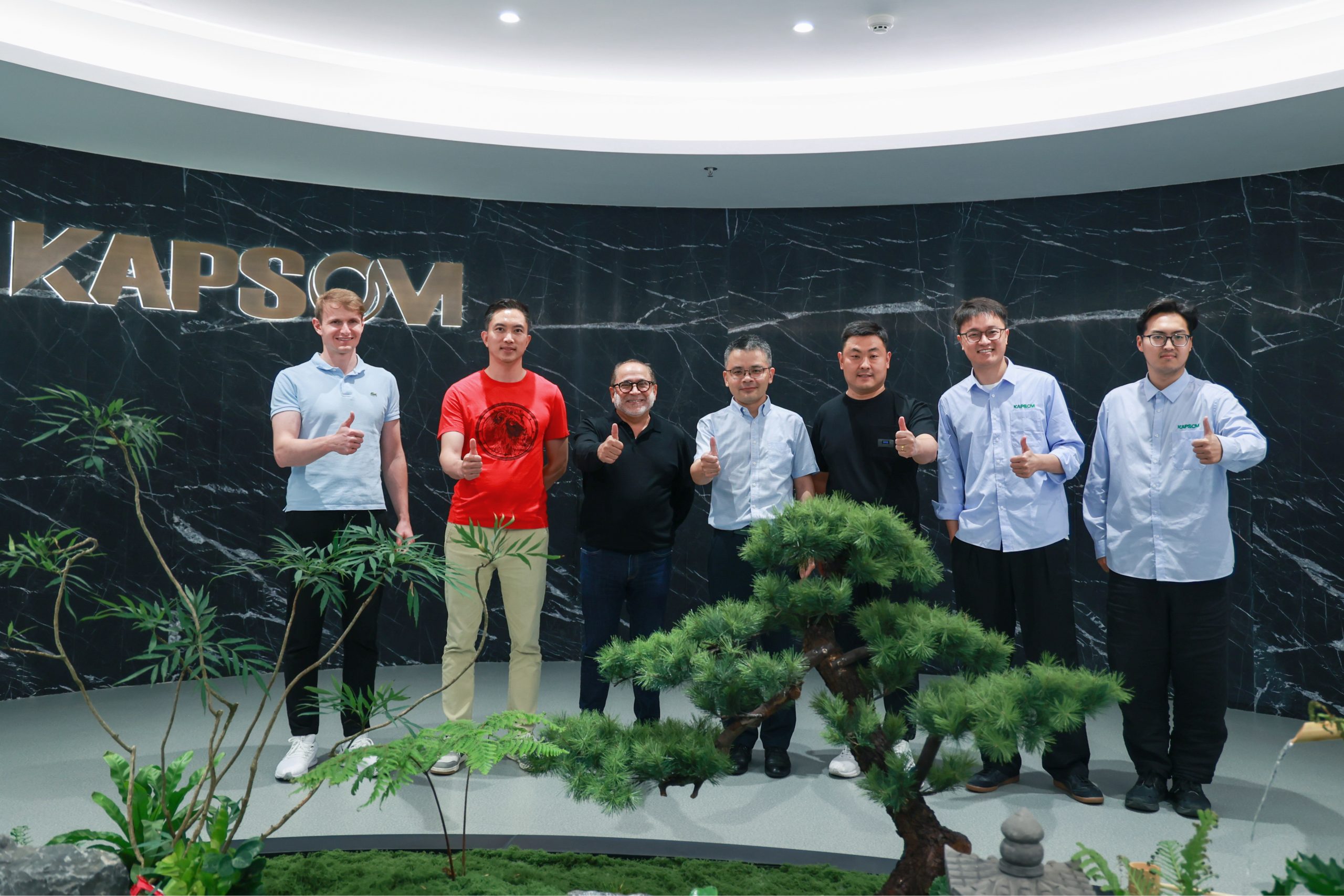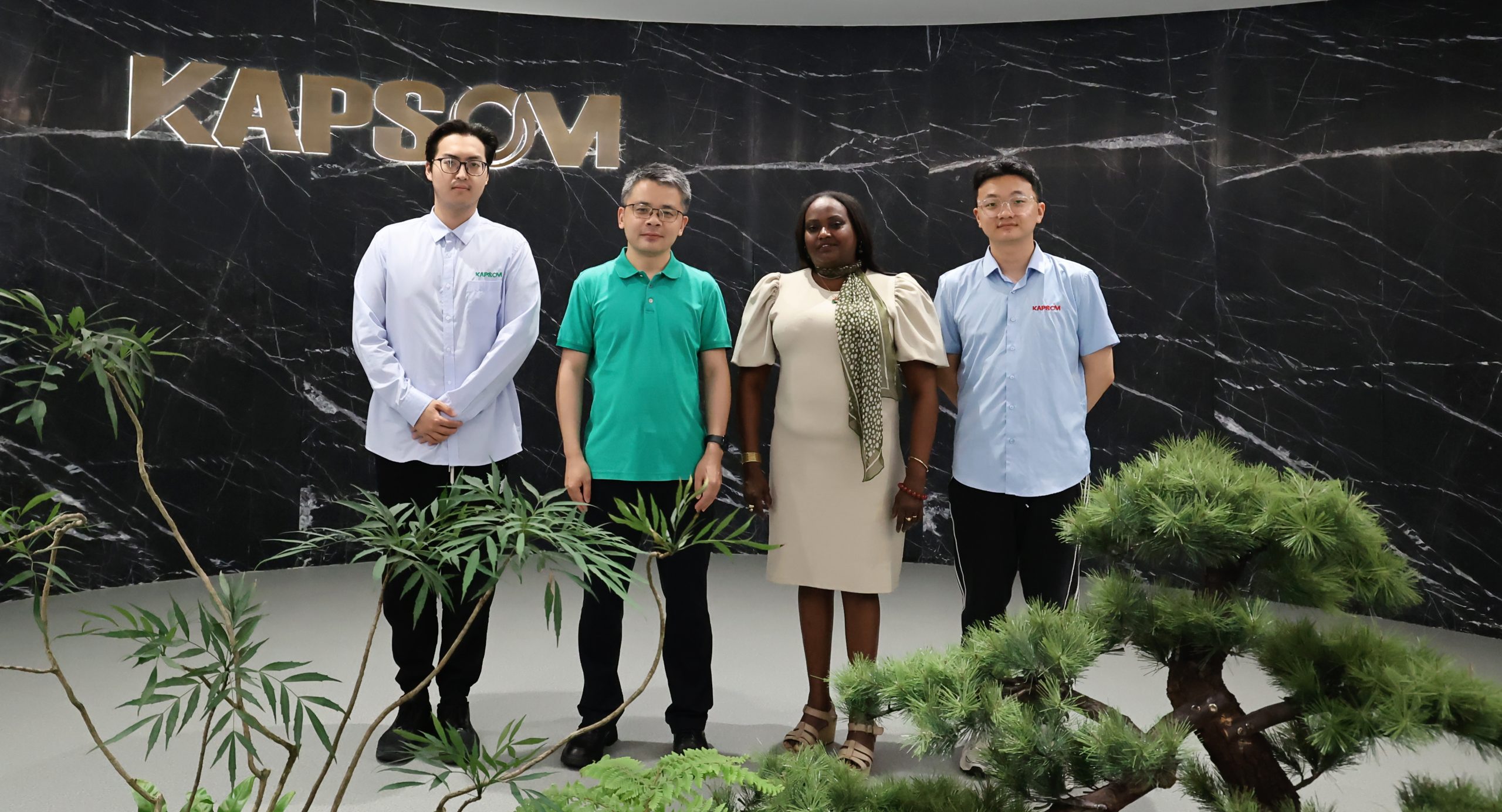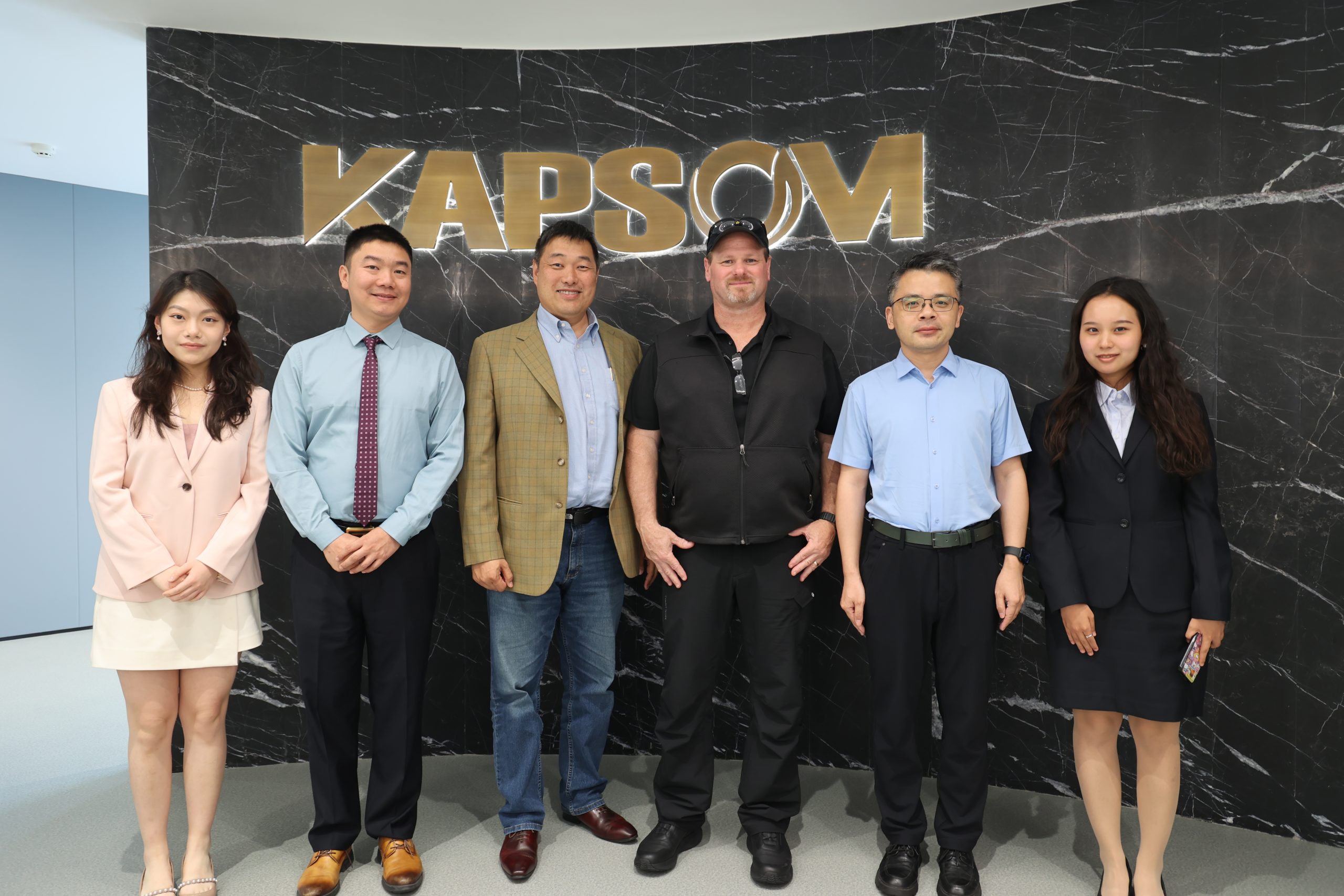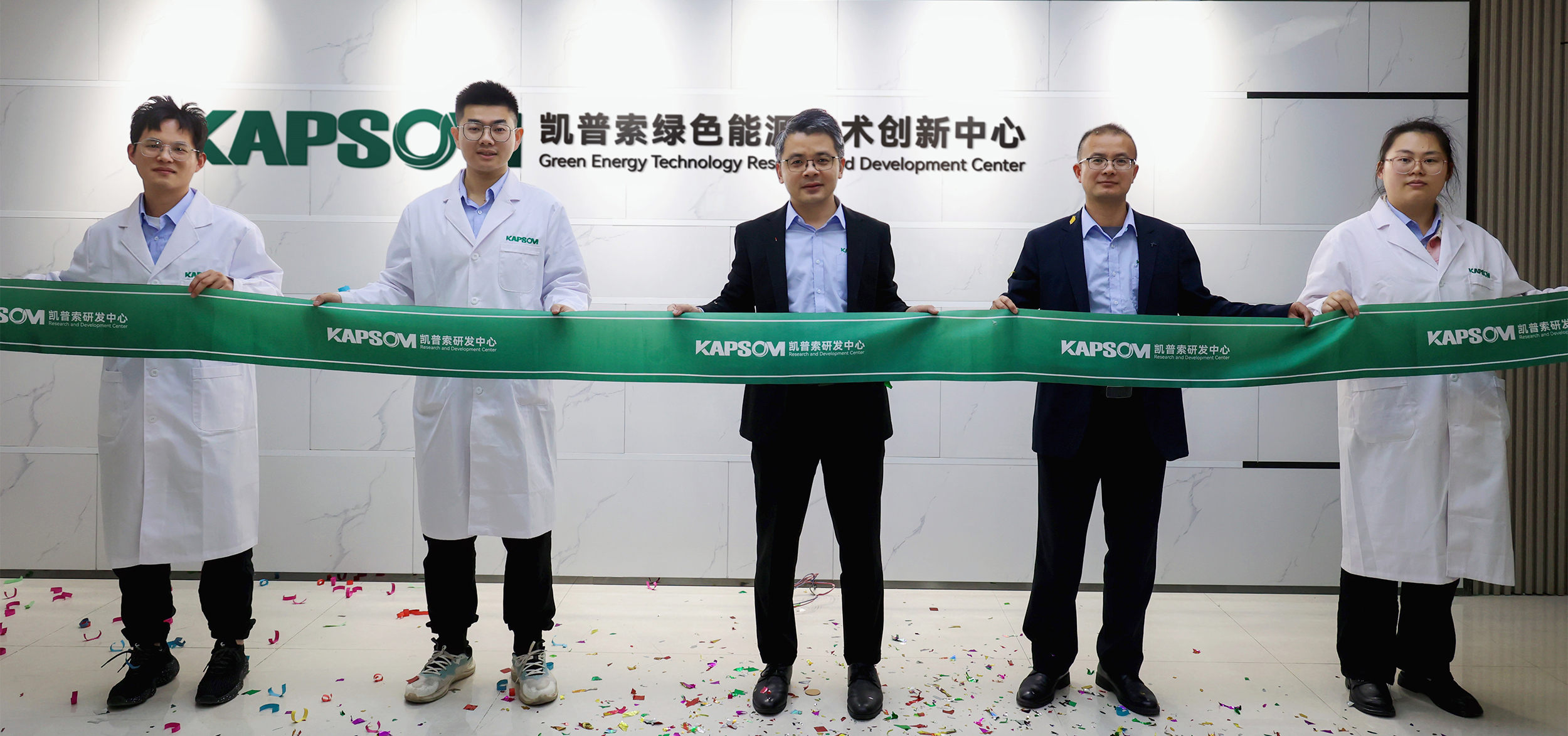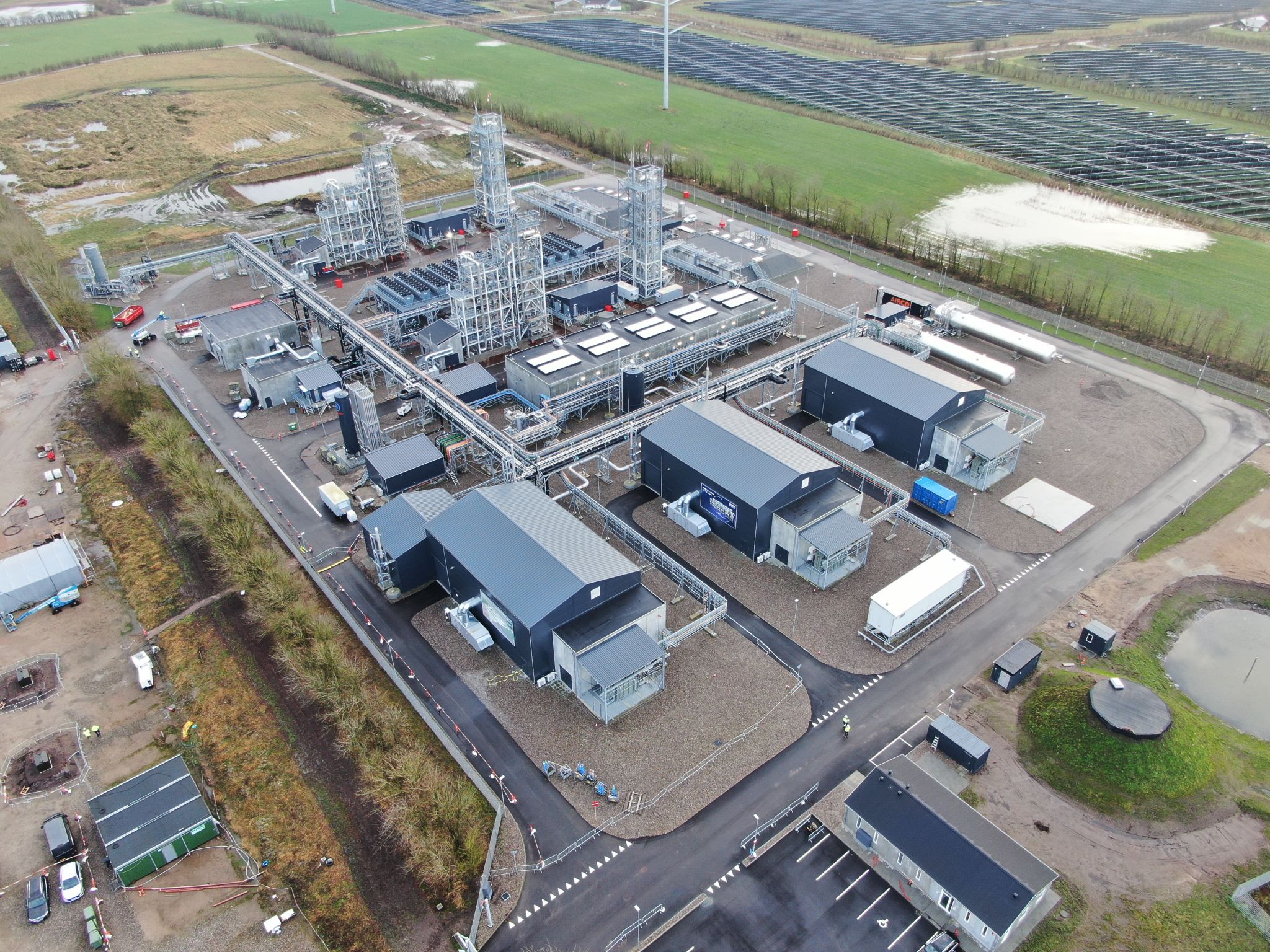On October 16, 2023, the management team from the Indonesian BCE Company visited KAPSOM , to discuss and exchange details regarding the planned green ammonia project.
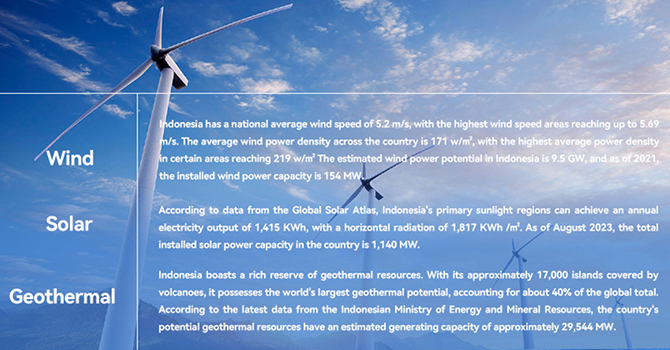
Indonesia Holds Enormous Potential for Green Energy
Indonesia, the world’s fourth-most populous nation, the leading economy in Southeast Asia, and a regional coal hub, is driven by its immense population and rapid economic growth, which have led to a continuous rise in its electricity demand. In the global trend toward “decarbonization”, Indonesia has also begun seeking the transformation and development of green and sustainable energy systems. It has committed to achieving a 23% share of new and renewable energy in its national energy structure by 2025 and aims to reach carbon neutrality by 2060.
Indonesia has a total renewable energy potential of 3,686 GW, including solar, hydro, wind, geothermal, biomass, and ocean energy. As of October 2022, the developed and utilized renewable energy resources amount to 12,505.83 MW, with a utilization rate of 0.3%, indicating significant untapped potential for development.
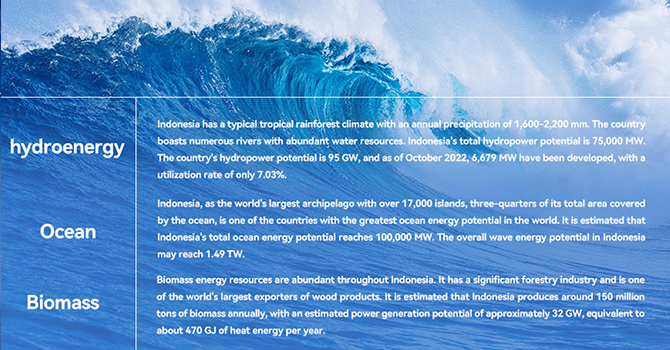
[Solar Energy] According to data from the Global Solar Atlas, Indonesia’s primary sunlight regions can achieve an annual electricity output of 1,415 KWh, with a horizontal radiation of 1,817 KWh per square meter. As of August 2023, the total installed solar power capacity in the country is 1,140 megawatts.
[Hydropower] Indonesia has a typical tropical rainforest climate with an annual precipitation of 1,600-2,200 millimeters. The country boasts numerous rivers with abundant water resources. Indonesia’s total hydropower potential is 75,000 MW. The country’s hydropower potential is 95 GW, and as of October 2022, 6,679 MW have been developed, with a utilization rate of only 7.03%.
[Wind Energy] Indonesia has a national average wind speed of 5.2 m/s, with the highest wind speed areas reaching up to 5.69 m/s. The average wind power density across the country is 171 watts per square meter, with the highest average power density in certain areas reaching 219 watts per square meter. The estimated wind power potential in Indonesia is 9.5 GW, and as of 2021, the installed wind power capacity is 154 MW.
[Geothermal Energy] Indonesia boasts a rich reserve of geothermal resources. With its approximately 17,000 islands covered by volcanoes, it possesses the world’s largest geothermal potential, accounting for about 40% of the global total. According to the latest data from the Indonesian Ministry of Energy and Mineral Resources, the country’s potential geothermal resources have an estimated generating capacity of approximately 29,544 MW.
[Ocean Energy] Indonesia, as the world’s largest archipelago with over 17,000 islands, three-quarters of its total area covered by the ocean, is one of the countries with the greatest ocean energy potential in the world. It is estimated that Indonesia’s total ocean energy potential reaches 100,000 megawatts (MW). The overall wave energy potential in Indonesia may reach 1.49 terawatts (TW).
[Biomass Energy] Biomass energy resources are abundant throughout Indonesia. It has a significant forestry industry and is one of the world’s largest exporters of wood products. It is estimated that Indonesia produces around 150 million tons of biomass annually, with an estimated power generation potential of approximately 32 GW, equivalent to about 470 GJ of heat energy per year.
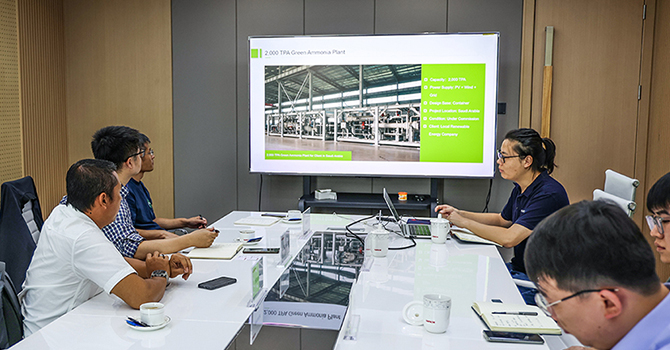
Discussing the Green Ammonia Pilot Project
BCE owns multiple hydropower projects and has historically sold 100% of its hydroelectric production to the local national grid. In recent years, Indonesia has seen new opportunities in the development of green energy, and BCE is actively exploring new business models for its hydropower projects, seeking power-to-x solutions. During this visit to KAPSOM, the main focus of discussion revolved around the green ammonia solution and the Indonesian green ammonia market. BCE plans to use 1,130 megawatts of renewable energy through hydropower and is looking to leverage KAPSOM’s core processes and critical equipment to ensure the success of the green ammonia pilot project. This collaboration aims to facilitate a transformation in the company’s business model and enhance product value.
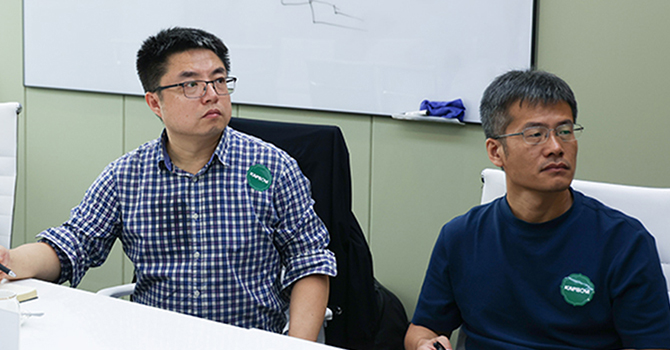
After the exchange, the BCE project management went to our equipment manufacturing base to visit KAPSOM’s newly developed green ammonia production plant and gain an in-depth understanding of the process flow, equipment parameters and control system of this equipment.
This exchange has provided us with a deeper understanding of the demand in the Indonesian green chemical market. KAPSOM is eager to collaborate with outstanding companies like BCE to leverage the abundant local natural resources and transform green energy sources such as wind, hydropower, and solar energy into renewable energy solutions that meet the local development needs. This partnership will aid Indonesia in successfully achieving its energy transition and 2060 carbon neutrality goal.

